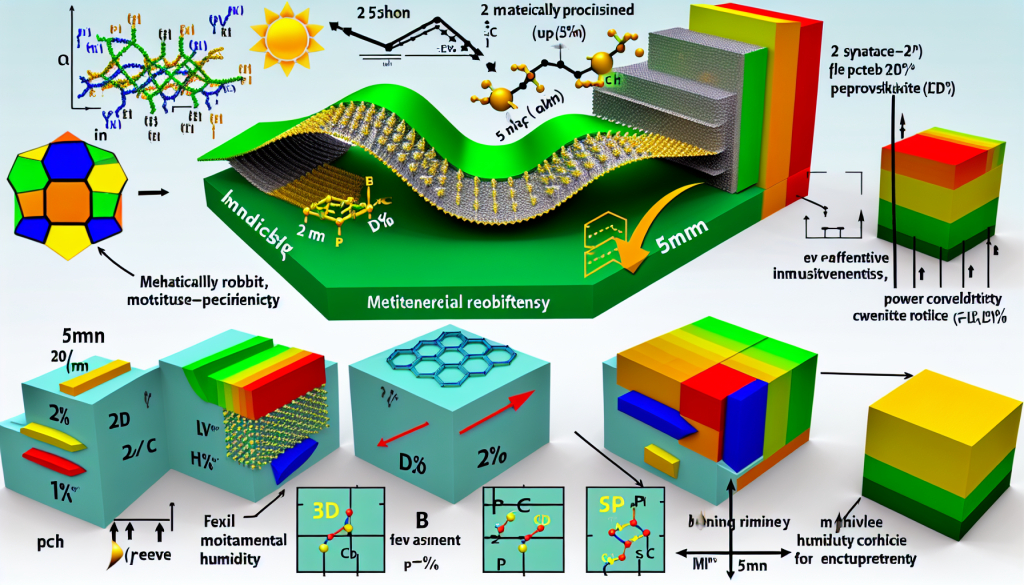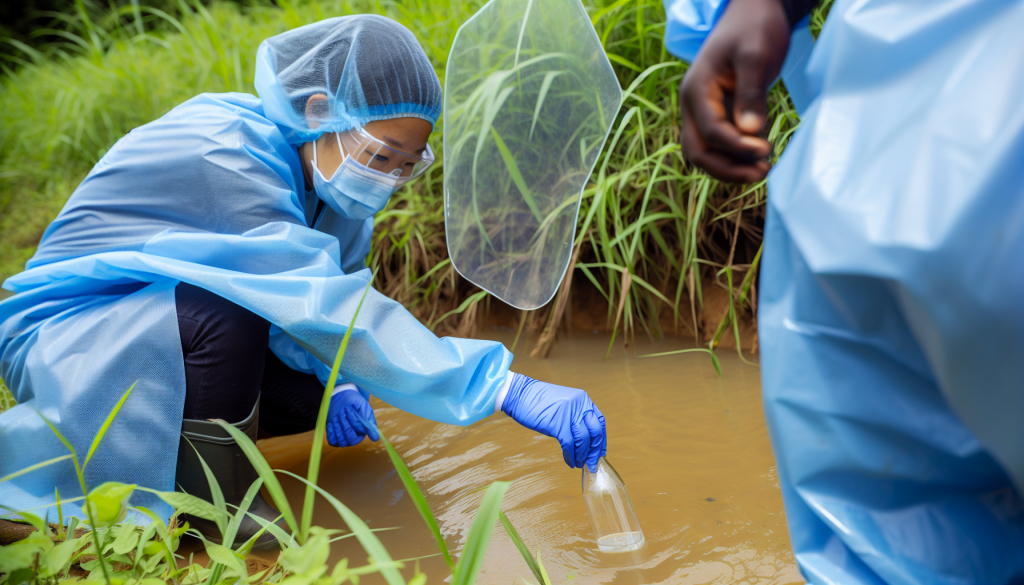Effective solar energy capture in humid climates

image:
Illustration showing how materials and process technologies enable the fabrication of efficient and durable flexible perovskite solar cells that can withstand varying humidity throughout the year
Credit: Korea Institute of Materials Science (KIMS)
The Energy & Environment Materials Research Division at the Korea Institute of Materials Science (KIMS), led by Dr. Dong-chan Lim and Dr. So-yeon Kim, has succeeded in creating a highly durable and flexible perovskite solar cell material. The new process demonstrates consistent performance even in humid environments. This innovation allows the production of high-performance solar cells in normal air conditions, eliminating the need for expensive environmental control systems and offering considerable manufacturing cost savings.
Perovskite materials have gained interest as promising alternatives to traditional silicon for solar energy applications, thanks to their strong light absorption abilities, low-cost production, and compatibility with lightweight, flexible formats. Nevertheless, their sensitivity to moisture has been a major obstacle, requiring specialized low-moisture or inert conditions during production. Moreover, maintaining mechanical strength in flexible versions of perovskite cells has proven particularly difficult.
To overcome these limitations, the research team adopted a method in which two-dimensional (2D) perovskite layers are placed above and beneath the main light-absorbing layer. This layered approach effectively minimizes defects, allowing for the stable operation of flexible solar cells even at relative humidity levels of up to 50%. These cells maintained over 85% of their efficiency after being operated continuously for 2,800 hours. Impressively, they also retained 96% of their performance following 10,000 bending cycles and sustained 87% efficiency during harsh slide-shear tests, confirming their mechanical durability.
This development presents a new way to manufacture perovskite solar technology without the need for costly, tightly controlled environments. It also achieves a noteworthy level of mechanical resilience in flexible solar devices. Furthermore, the process has been tested on a larger scale through continuous production methods, indicating that it is well-suited for industrial use. This technology could greatly benefit sectors such as rollable energy devices and wearable power systems, and could help promote global leadership in solar energy production.
“Thanks to this process, manufacturing high-performance perovskite solar cells in regular air and without specialized machinery is now a reality,” said Dr. Dong-chan Lim of KIMS. “The excellent durability of these flexible devices makes them particularly suitable for use in wearable technologies and solar-integrated vehicles.”
This research was supported by the National Research Council of Science & Technology (NST), the National Research Foundation of Korea (NRF), and a joint Korea-Switzerland project (SuraFlexi). The study involved collaboration with various research institutions, including the University of Fribourg in Switzerland, Pusan National University, and Pukyong National University. The results were published in the Chemical Engineering Journal on May 31, led by doctoral researcher Mr. Fadhil.
Looking ahead, the team will continue efforts to develop future solar cell materials that are both durable and cost-effective for various climates around the world. They also plan to refine large-area production technologies to bring this innovation closer to widespread commercial use.
-----------------------------------------------------------------------
###
About Korea Institute of Materials Science (KIMS)
KIMS is a national non-profit research institute under Korea’s Ministry of Science and ICT. It is the country’s only institution focused exclusively on comprehensive materials science, offering research and development, technical assessments, testing, and support for industrial applications across multiple sectors.
Journal
Chemical Engineering Journal
DOI
10.1016/j.cej.2025.164371
Article Title
Air-processed flexible perovskite solar cells with superior mechanical reliability and humidity resistance enabled by stepwise interfacial engineering
Article Publication Date
31-May-2025

